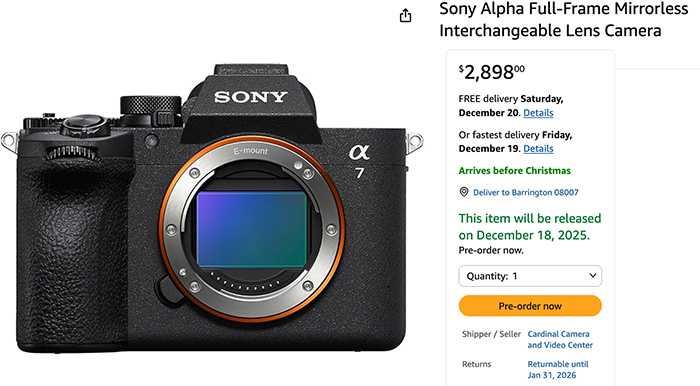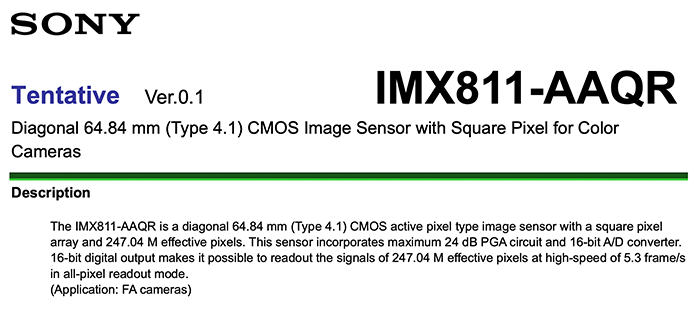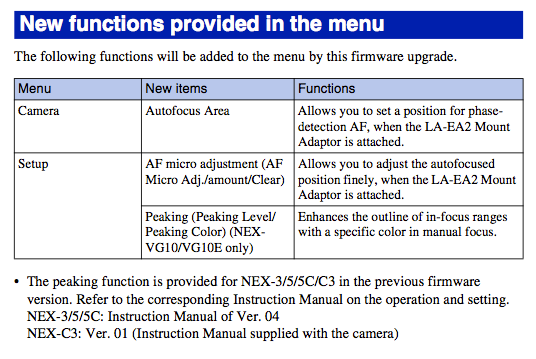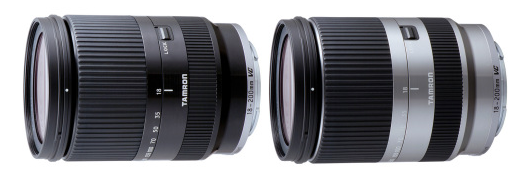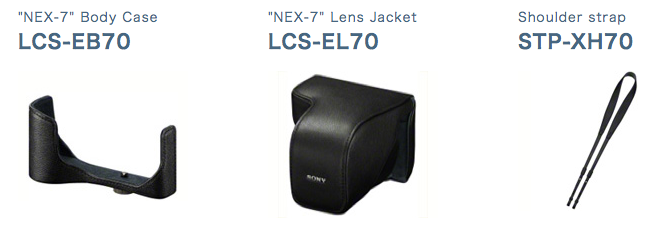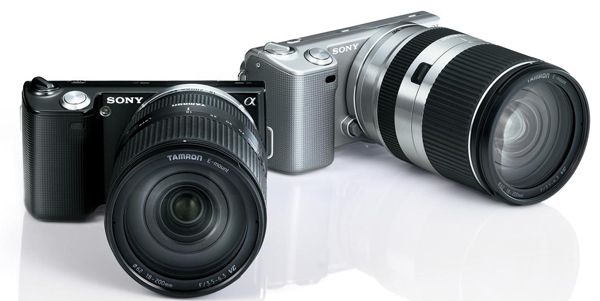
SLR magic sent this picture to show the new Hyperprime 23mm f/1.7 lens for E-mount. It’s coming in Dec/Jan and the price is $379. It’s almost two third cheaper than the [shoplink 8450]Zeiss 24mm f/1.8[/shoplink] but it has no autofocus and very likely it will not be that good. I hope they will send me some image samples soon to see how it performs!
P.S: This is the second Hyper prime lens. The first is the [shoplink 10552 ebay]Hyperprime 50mm f/0.95 lens (Click here to see it on eBay)[/shoplink].
PRESS RELEASE
NEW: THE SLR Magic HyperPrime 23mm F1.7
SLR Magic expands its E-mount lineup with a new wide angle lens
Hong Kong, China (December 8, 2011) – SLR Magic expands the E-mount lens lineup with the new SLR Magic HyperPrime 23mm F1.7 wide angle lens. With this latest addition, the portfolio of lenses for the E-mount system is now comprised of three focal lengths. The world’s fastest interchangeable camera lens with APS-C coverage in this focal length, the SLR Magic HyperPrime 23mm F1.7 will be available in January 2012.
The field of view of this new HyperPrime Lens corresponds to a 35mm lens in 35mm format and this fast wide angle of view opens up many new creative composition opportunities, particularly in the fields of candid, street, and landscape cinematography and photography. A minimum focus distance of 0.15m allows for pleasing defocused backgrounds. Additionally, a fast max aperture of F1.7 makes the SLR Magic HyperPrime 23mm F1.7 ideal for available-light photography.
We place our highest priority in the development of all HyperPrime lenses to fulfill the demands of professional cinematographers and photographers. The design and build of the SLR Magic HyperPrime 23mm F1.7 is solid and reliable.
The SLR Magic HyperPrime 23mm F1.7 will be available from authorized SLR Magic dealers by the end of January 2012.
Technical Data SLR Magic HyperPrime 23mm F1.7
Lens Type: Fast wide-angle lens with five Tantalum glass elements to ensure superior cinematic performance.
Compatible Cameras: All E-mount cameras
Optical Design: 8 elements in 7 groups
Distance Settings: Distance range: 0.15m to ∞, combined scale meter/feet
Aperture: Manually controlled diaphragm, 12 aperture blades (circular), Lowest value 22
Bayonet: E-mount
Filter Mount: 49mm; filter mount does not rotate.
Surface Finish: Black anodized
Dimensions: Length to bayonet mount: approx. 50mm (approx. 1.97in)
Largest diameter: approx. 61mm (approx. 2.40in)
Weight: approx. 240g (approx. 8.47oz)
Andrew Chan
Product Manager
